
Herdedwords.com uses affiliate links. This means we receive a commission on the sale of certain items. This is at NO additional cost to you. Visit the policies page to learn more.
Who’s telling this story?
I am!
Me, me, me!
Myself!
Point of View refers to who is telling the story and how they’re seeing it unfold.
There are 4 different points of view that you can use to write a story.
- First Person Point of View
- Second Person Point of View
- Third Person Limited Point of View
- Third Person Omniscient Point of View
Today, we’ll deep dive into the first-person point of view.
Table of Contents
What is First-Person Point of View?
If a story is written using the first-person point of view, you will be reading from inside the character’s head. You see, hear, smell, feel, and taste everything as the character would.
I often use the first person when I give examples of my personal opinions, explain things that have happened to me, claim an idea as mine or pat myself on the back.
I, me, my, mine and myself are all singular first-person pronouns.
We usually use the first person whenever we talk about ourselves, give our opinions or talk about things that have happened to us.
We, us, our and ourselves are all plural first-person pronouns.
When to Use First Person POV
Here are five great times to use first-person point of view in your novel.
#1 – Have an Autobiographical Feeling
First POV can give an autobiographical feeling to a piece of fiction. It enables you to be certain the reader will see the world exactly as it’s experienced by the character.
Modern Examples
WATER FOR ELEPHANTS, published in 2010, is a contemporary novel by Sara Gruen. The movie was released in 2011.
WATER FOR ELEPHANTS spent 8 weeks at #1 on the NYT Bestseller List. It has sold over 10 million copies worldwide.
WATER FOR ELEPHANTS feels like it could be the autobiography of Jacob Janowski. Of course, it’s not. It’s a piece of fiction.
But that is one of the great benefits of first-person point of view. It can make fiction feel like truth.
I am, as far as I can tell, the oldest male virgin on the face of the earth. Certainly no one else my age is willing to admit it.
THE SYMPATHIZER, published in 2015, is a historical fiction novel by Viet Thanh Nguyen.
THE SYMPATHIZER won the 2016 Pulitzer Prize for Fiction.
THE SYMPATHIZER is written like it IS an autobiography. From the very first line, we’re expected to read this as the memoir of the narrator.
I AM A SPY, a sleeper, a spook, a man of two faces.
#2 – Show a Unique Point of View
First-person point of view can create a unique perspective on the story. You can use it to show the story from an outsider’s perspective.
Most books written in first-person point of view use the perspective of the main character. But, you can use first-person point of view from the perspective of any character in your novel.
Modern Examples
THE GIRL ON THE TRAIN, published in 2015, is a mystery, thriller & suspense novel by Paula Hawkins. The movie was released in 2016.
THE GIRL ON THE TRAIN spent 26 weeks at #1 on the NYT bestseller list. It had sold an estimated 15 million copies worldwide by October 2016.
THE GIRL ON THE TRAIN is Rachel’s story. Or is it Megan’s story? I’ve spoken to people who argue that it’s Megan’s story but most agree it’s Rachel’s.
Either way. THE GIRL ON THE TRAIN is told from three points of view – Rachel, Megan, and Anna.
Megan and Anna offer differing perspectives on the story (and on Rachel) than Rachel does.
The train I take in the evening, the 17.56, is slightly slower than the morning one…
– Rachel
I CAN HEAR THE TRAIN coming; I know its rhythm by heart.
– Megan
It could be ideal. It could be, if you weren’t able to hear the screeching brakes of the trains.
– Anna
#3 – Provide a Limited Experience
You can use first-person point of view to provide a deliberately limited experience for the reader. Since the narrator is a character, everything is limited by what they experience.
Modern Examples
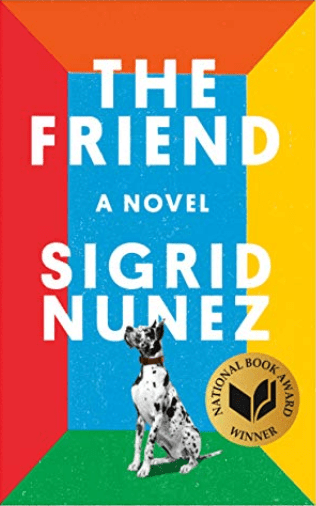
THE FRIEND, published in 2018, is a Contemporary Fiction novel by Sigrid Nunez.
It won the 2018 National Book Award for Fiction.
THE FRIEND has almost no characters. It’s pretty much exclusively the thoughts and ramblings of the (unnamed) narrator and the dog she inherited when her friend died.
When other characters appear, they’re secondary to the feelings and thoughts of the narrator. When you read THE FRIEND, your experience will be limited to a woman, a dog, and her grief.
The trip, as she knows, took less than thirty minutes, but she is a gracious woman, Wife Three.
#4 – Deliberately Mislead the Reader
First-person point of view (usually combined with present tense) is the most effective way to mislead a reader on purpose. This type of narrator is often referred to as an unreliable narrator.
Modern Examples
GONE GIRL, published in 2012, is a mystery, thriller & suspense novel by Gillian Flynn. The movie was released in 2014.
GONE GIRL spent 8 weeks at #1 on the NYT Bestseller List. It’s estimated the novel sold more than 15 million copies worldwide by 2016.
GONE GIRL does a lot of misleading. Basically, the entire first half of the book is misleading.
I would argue that right up until the very end you’re being misled. But that could be less about the book and more about the fact that I didn’t really like it.
She wasn’t on the water, she wasn’t in the house. Amy was not there. Amy was gone.
#5 – Make Readers Feel Close to a Character
First-person point of view can make readers feel close to the character. It can provide readers with a sense that they are directly participating in the drama with the characters.
Modern Examples
FIFTY SHADES OF GREY, published in 2011, is a romance novel by E. L. James. It’s book 1 in the Fifty Shades trilogy.
FIFTY SHADES OF GREY spent 29 weeks at #1 on the NYT bestseller list. By June 2015 it had sold over 125 million copies worldwide. The movie was released in 2015.
FIFTY SHADES OF GREY is told in the present tense in the first person (via Ana).
The target audience of this novel is adult women. Readers feel a deeper connection with Ana because they experience the events from her perspective. The x-rated nature of this novel adds an additional thrill for the readers by feeling extra-close to Ana.
Obviously, he’s referring to my earlier less-than-elegant entry into his office. I flush.
ANCILLARY JUSTICE, published in 2013, is a Science Fiction novel by Ann Leckie. It’s book 1 in the Ancillary World trilogy.
ANCILLARY JUSTICE won the 2014 Hugo Award. Fox Television Studies has purchased the option to create a TV series.
The main character in ANCILLARY JUSTICE isn’t human. This is something we learn almost immediately.
How do you make your readers feel close to a non-human character? Write in the first person – with the non-human as the narrator. And that’s exactly what ANCILLARY JUSTICE did.
“I’m not Radchaai.” Which was true. You have to be human to be Radchaai.

Writing Practice
Today we’re going to practice writing first-person point of view by extending and modifying sections of LITTLE RED RIDING HOOD.
We’ll be using the version ‘LITTLE RED-CAP’ written by the Brothers Grimm. If you’re not familiar with the story, take 5 minutes to give it a read.
Exercise #1
The excerpt below is 116 words, make it more interesting.
Rewrite the passage so it’s in the first person from the perspective of the mother.
LITTLE RED CAP Excerpt
One day her mother said to her: ‘Come, Little Red-Cap, here is a piece of cake and a bottle of wine; take them to your grandmother, she is ill and weak, and they will do her good. Set out before it gets hot, and when you are going, walk nicely and quietly and do not run off the path, or you may fall and break the bottle, and then your grandmother will get nothing; and when you go into her room, don’t forget to say, “Good morning”, and don’t peep into every corner before you do it.’
‘I will take great care,’ said Little Red-Cap to her mother, and gave her hand on it.
Need an idea?
Making the switch to first person point of view is the simple part of this exercise.
Writing from the mother’s perspective will be harder! Here are some prompts:
- The mother is really a step-mother and she’s colluding with the wolf.
- Red is misbehaving and the mother just wants to get her out of the house for a couple of hours.
- The grandmother is reclusive and only likes Red.
Instead of a large section of dialogue from the mother, break it up and add some additional dialogue or description in between.
One day her mother said to her I said to my daughter: “Come, Little Red-Cap.”
______________________.
“Here is a piece of cake and a bottle of wine; take them to your grandmother, she is ill and weak, and they will do her good.”
______________________.
“Set out before it gets hot, and when you are going, walk nicely and quietly and do not run off the path, or you may fall and break the bottle, and then your grandmother will get nothing; and.”
______________________.
“When you arrive and when you go into her room, don’t forget to say, “Good morning”, and don’t peep into every corner before you do it.”
‘I will take great care,’ said Little Red-Cap to her mother, and gave her hand on it.
Exercise #2
Take the same excerpt from Drill #1 and write it from the perspective of Little Red-Cap.
Remember, stay true to the story but be creative!
LITTLE RED-CAP Excerpt
One day her mother said to her: ‘Come, Little Red-Cap, here is a piece of cake and a bottle of wine; take them to your grandmother, she is ill and weak, and they will do her good. Set out before it gets hot, and when you are going, walk nicely and quietly and do not run off the path, or you may fall and break the bottle, and then your grandmother will get nothing; and when you go into her room, don’t forget to say, “Good morning”, and don’t peep into every corner before you do it.’
‘I will take great care,’ said Little Red-Cap to her mother, and gave her hand on it.
Need an idea?
You could break up the instructions from her mother and change Red’s attitude – maybe she’s angry/sulky/excited to be asked this.
One day her mother said to her My mother called to me: “Come, Little Red-Cap.”
Couldn’t she see I was busy? I walked over and glared at her.
“Here is a piece of cake and a bottle of wine; take them to your grandmother, she is ill and weak, and they will do her good.”
______________________.
“Set out before it gets hot, and when you are going, walk nicely and quietly and do not run off the path, or you may fall and break the bottle, and then your grandmother will get nothing; and.”
______________________.
“When you arrive and when you go into her room, don’t forget to say, “Good morning”, and don’t peep into every corner before you do it.”
‘I will take great care,’ I said Little Red-Cap to her mother, and gave her hand on it.
Me, Myself, & I
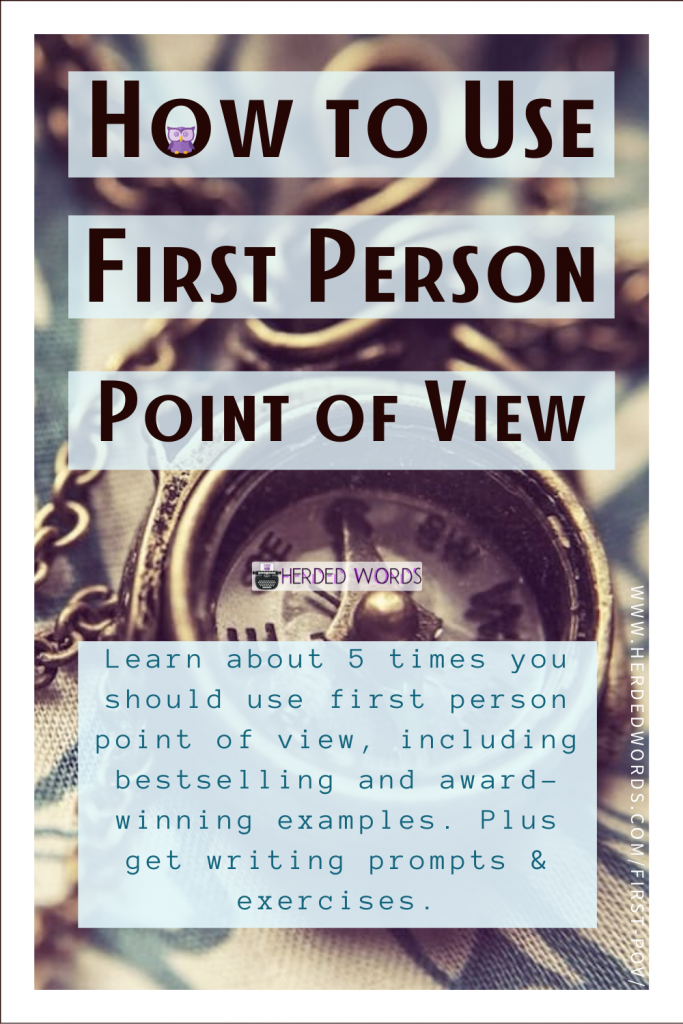
These are just a few of the times that first-person point of view might be best for your novel.
Every author has their own voice and ideas – maybe yours is first person point of view; maybe it’s not. Either way, practice can only help.
Now that you understand first-person point of view, you should check out Writing a Story in Third-Limited Point of View next.
Let’s see those exercises! Share yours in the comments below.
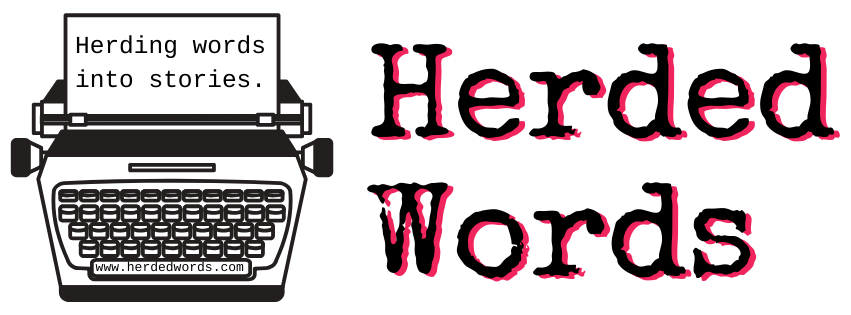
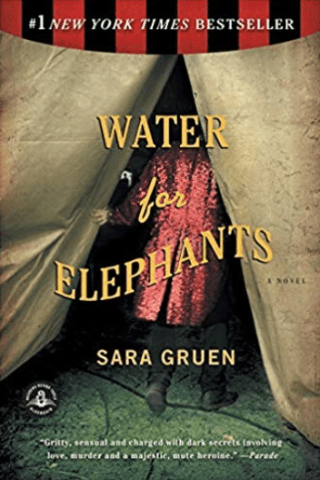
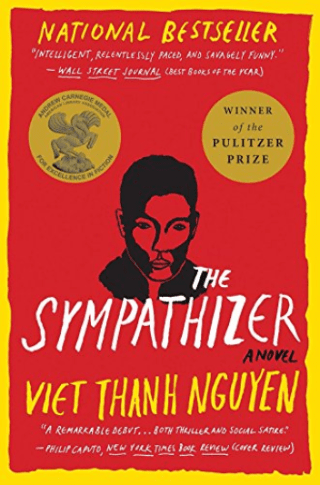
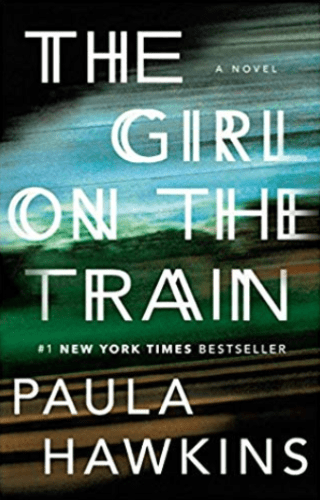


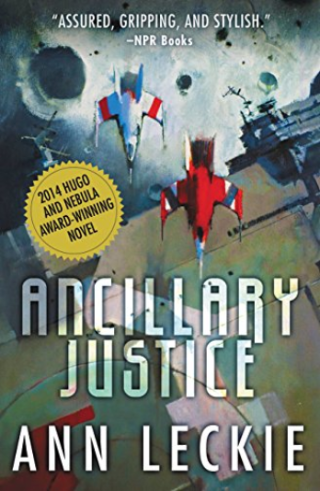

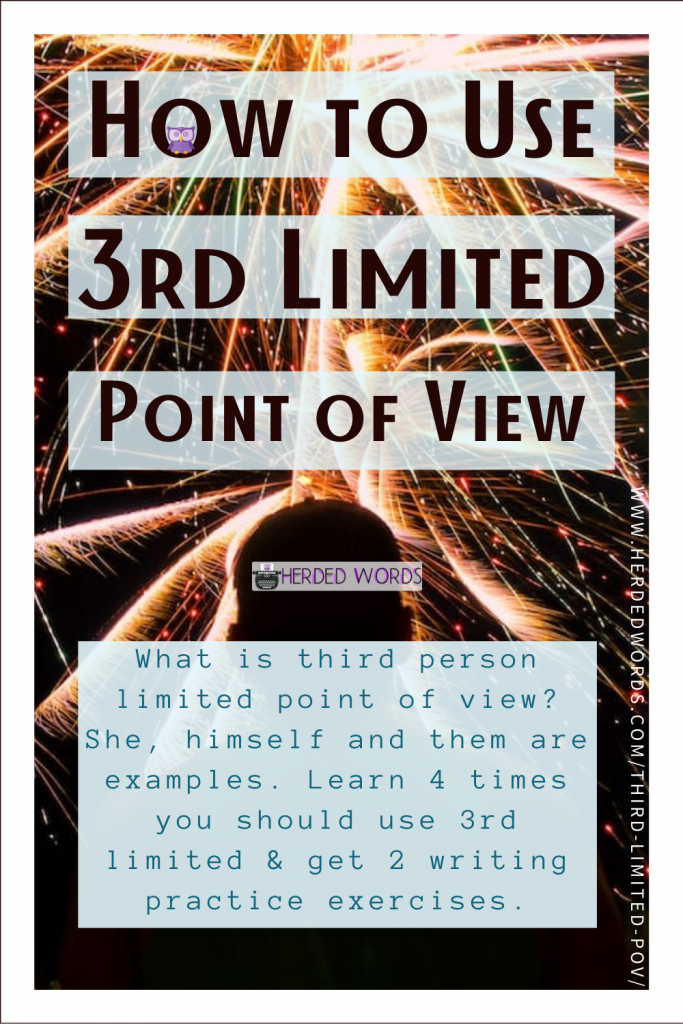






When writing from first person perspective I find it difficult to show what my narrator is feeling. I fwel like I keep on telling what she is feeling, without showing. Also, how can a person avoid using “and”. I also don’t want to start with Me or I all the time, but do you want to go into passive voice either. I know what first POV os, what I need to know is how to write it better.
Showing (instead of telling) your narrators’ feelings is one of the hardest bits of writing in the first person. The #1 way to become a better writer (or anything else) is to practice. Reading (and analyzing) first POV novels in your genre is a good idea, too.
You shouldn’t view passive voice as the enemy – active is usually better but there are times passive is the best choice. If you’re writing in the first person, you will say “I” and “me” a lot, but you should still be using he, she, they, etc., enough to break it up.
A simple example (I, me, they, I, the officer, the kids, name, me, she): Last night, when I arrived at the store there were a bunch of kids skulking around the parking lot. It took me a minute to realize they were tagging cars. I called the police but by the time the officer arrived the kids were gone. Officer Friendly spent a few minutes asking me questions before she went inside to check for security tapes.